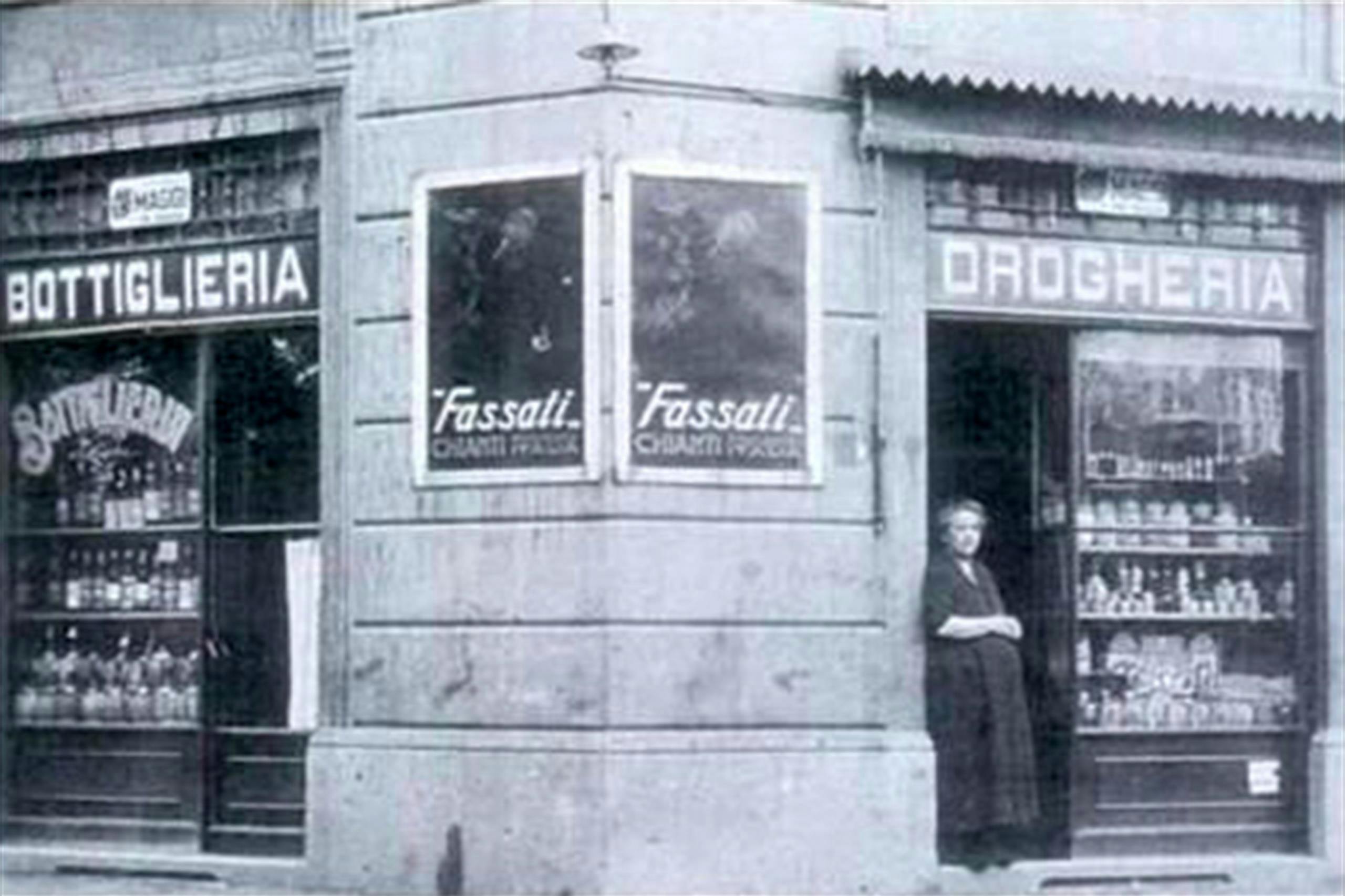ILLUMINATED NEON SIGNS: AN INVENTION IN THE NAME OF SCIENCE
It was November 9, 1910 and at the Grand Palais in Paris, a historic event was taking place: the physicist French Georges Claude was presenting to the public the first model of illuminated signs that used neon gas. It was a type of discharge lamp invented by Claude himself, consisting of a transparent glass bulb containing low-pressure neon gas.
It was the next step, however, that was the most important one. Jacques Fonseque, Claude's partner and collaborator, realized that the invention could be used in advertising, to give new life to the classic signs of shopsand companies. And so, two years after its presentation at the Grand Palais, they sold and installed the first commercial illuminated sign in history. The far-sighted buyer was the Palais Coiffeur, a small Parisian barber shop on Boulevard Montmartre.
The following year, 1913, the first giant neon sign appeared on the rooftops of Paris. It was composed of letters one metre high and had a unique and very precious peculiarity: it could be seen almost anywhere in the city.
From that moment on, the history of neon illuminated signs quickly added new and exciting chapters that conquered the rest of Europe, the United States and South America, mainly Argentina and the Caribbean; to the point of crossing the boundaries of the "real world" and becoming a recognised symbol of "future" in novels and especially films, such as the legendary Blade Runner.
In Italy, the fashion of neon maxi signs was launched by Cinzano, a historic leading brand in the production of beverages, mainly alcoholic, which is now part of the Campari Group. Although the first model of neon illuminated signs in Italian history was made by Eliosneon, a company born as an advertising branch of the ancient Soffieria Monti, specialised in scientific glass blowing.
